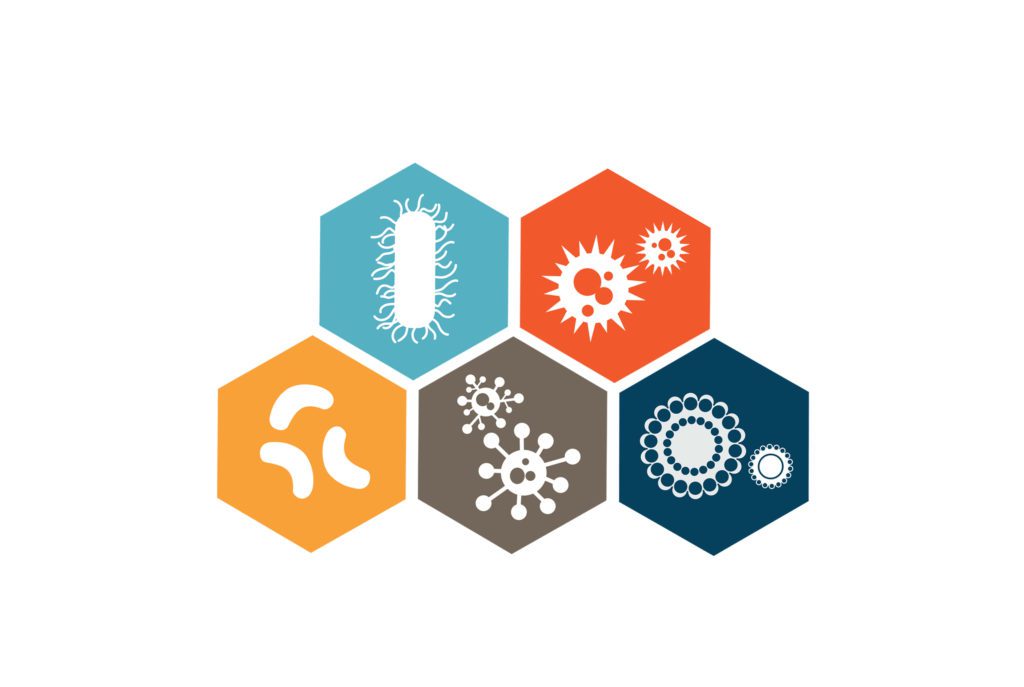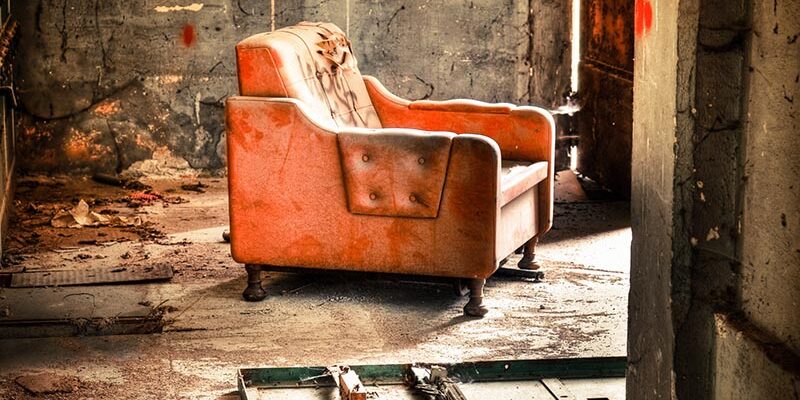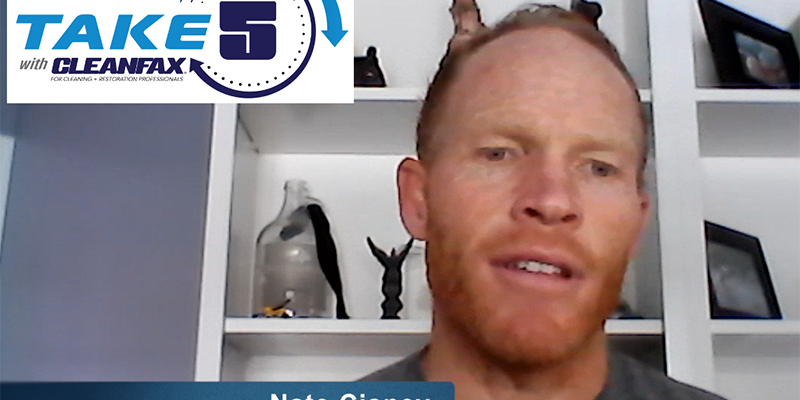Mold Cleaning Solutions

By Richard Driscoll
If you are a frequent reader of Cleanfax, you may remember an article I wrote titled “The Carolina Protocol.” It was the cover story of the June 2015 issue.
As someone who has worked in the restoration field and now teaches mold remediation, I am always seeking a lower-labor cost method of removing mold from surfaces, rather than the traditional methods of the past: Sanding, scraping, wire brushing, media blasting, etc.
The first lower-cost method I discovered was “blasting.” And while soda blasting and dry ice blasting have their place, and, if done correctly, do a really good job of removing mold, they also have some drawbacks.
When I discovered that hydrogen peroxide really works, as explained in “The Carolina Protocol” article, I thought we had finally found the best mold remediation process. The standard and guidelines in our industry describe the guiding principle of mold remediation as “mold removal,” but how the actual mold-removal process is performed is left up to the skilled technician.
As time moves on, other ideas and concepts come forward and must be considered, evaluated, and either accepted or discarded. In mold remediation, we now have two “cleaning” solutions that can be used for mold removal: Hydrogen peroxide and chlorine dioxide. This article looks at both solutions, comparing them to see which is better, or more appropriate, for our work.
Hydrogen peroxide
Hydrogen peroxide, which is an oxidizing agent, is the same solution that most people have at home in their medicine cabinet. We use it as a common antiseptic for small cuts. When used for mold remediation work, the concentration of the hydrogen peroxide is higher than what is in the medicine cabinet.
Thousands of mold remediation jobs have proven hydrogen peroxide to be an effective mold removal (not mold killing) cleaning product.
The benefits of hydrogen peroxide
- It is an EPA-registered disinfectant with a very broad spectrum and very aggressive antimicrobial efficacy.
- A good oxidizing agent, it can attack malodors and stains.
- The odor is extremely mild and not offensive.
- It does not generate environmentally objectionable byproducts.
- If accidentally contaminated, it does not generate any hazardous gases. The decomposition products are water and oxygen.
Limitations of hydrogen peroxide
- Solutions of hydrogen peroxide are not stable in sunlight, so packaging and storage are an issue.
- It is capable of damaging certain textile dyes.
- If contaminated, the container will undergo rapid pressurization with the risk of bursting.
- Hydrogen peroxide has no bacteriostatic or fungistatic capability.
- It is susceptible to degradation if contaminated; therefore, containers and any water diluent must be very clean.
- Peroxide is stable only under acidic conditions. As a result, it can damage surfaces that are not acid stable.
Chlorine dioxide
A more recent cleaning solution to arrive on mold remediation jobs is chlorine dioxide. Chlorine dioxide is a chlorine-based oxidizing agent that is somewhat like the well-known sodium hypochlorite, or standard chlorine bleach. Chlorine dioxide, however, has significant advantages over chlorine bleach.
First, for the chemists who may read this, chlorine dioxide, strictly speaking, is a gas at normal temperature and pressure. It is quite unstable and dangerous as a gas, so it is normally generated in water solution by a salt known as sodium chlorite. Please note that this is distinguished from table salt or sodium chloride. The “ite” versus “ide” suffix is important. For convenience, however, I’ll still refer to this item as chlorine dioxide.
Benefits of chlorine dioxide
- It is an EPA-registered disinfectant that is active with a very broad spectrum and very aggressive antimicrobial efficacy. Of course, this substance can be a component of products that are not registered disinfectants, but, whether a product is Federal Insecticide, Fungicide, and Rodenticide Act registered, always follow label directions. Also keep in mind that our goal is to remove, not necessarily kill, the mold and associated spores.
- A good oxidizing agent, it can attack malodors and stains.
- Operates at mildly acidic pH conditions rather than the strong alkaline conditions required for chlorine bleach; nevertheless, it is still effective over a wide pH range.
- The odor is less objectionable than that of chlorine bleach.
- It does not generate environmentally objectionable byproducts as would chlorine bleach.
Limitations of chlorine dioxide
- Solutions of chlorine dioxide are not stable in sunlight, so packaging and storage are issues.
- It is capable of damaging certain textile dyes.
- It can produce toxic chlorine gas under certain conditions, especially if contaminated.
- Chlorine dioxide has no bacteriostatic or fungistatic capability.
- It is susceptible to degradation if contaminated; therefore, containers and any water diluent must be clean.
Summary
We therefore have two mold removal cleaning solutions that work. Both are effective and have been proven effective in field use.
Which is the better product? Hydrogen peroxide and chlorine dioxide are almost totally equal in mold remediation effectiveness. But, in my own objective opinion, I would personally choose hydrogen peroxide, primarily because it does not leave any residual.
Richard Driscoll has a bachelor’s degree in mechanical engineering from Clarkson College of Technology, an MBA from the University of Dayton and is currently working on his doctorate. He is a professor at Webster University where he provides graduate and undergraduate level lectures. He is an IICRC Certified Master Restorer, Master Textile Cleaner and an approved instructor. Driscoll has been consulted by state governments on legislation related to the cleaning and restoration industry. He also is the author and instructor for Restoration Sciences Academy’s MR-110 and MR-210 microbial remediation classes and MR-211 trauma scene clean up class. He is IICRC approved instructor teaching WRT and AMRT. He can be reached at [email protected].












